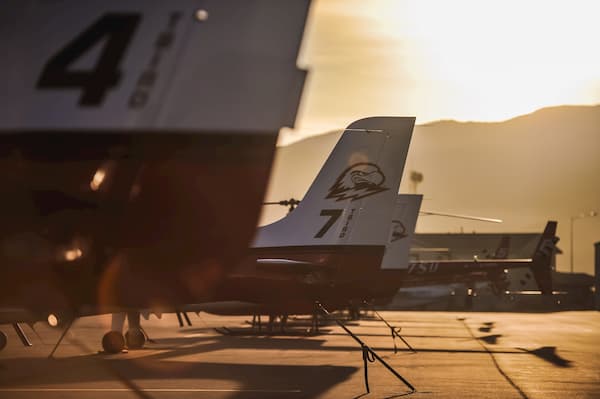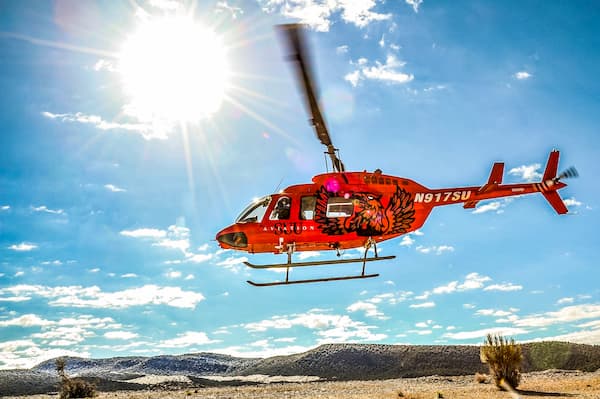The Difference Between Flying an Airplane and A Helicopter
Posted: November 03, 2020 | Author: Jaidyn Crookston | Read Time: 11 minutes
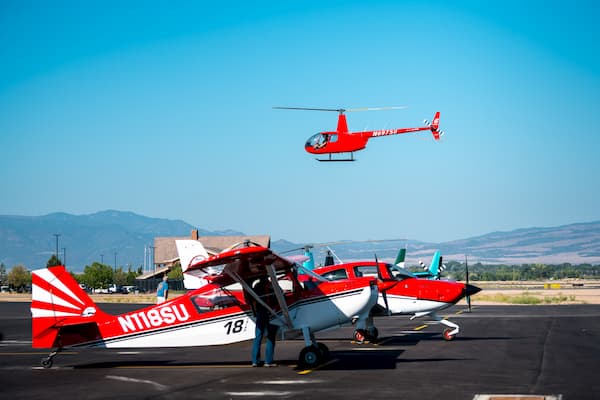
If you know you want to spend your workdays thousands of feet above the ground but don’t yet know which type of aircraft you want to spend it in, this is the perfect time for you to decide. If you feel equally drawn to both aircraft, then there’s no need to worry. Some pilots earn their licenses and certifications in one type of aircraft and then go on to earn their licenses in the other. This means that you can potentially be both an airplane pilot and a helicopter pilot. Earning both aircraft licenses takes a lot of work and time, so it's best to choose one at the beginning of your training.
While airplanes and helicopters are similar in some ways, they’re very different in many ways. The basic principle and purpose of both aircraft are the same; they both take you into the air and get you places. Some of the same operating techniques and laws regarding the two types are the same as well, but beyond that, there are many, many differences between the two aircraft.
Differences in How Airplanes and Helicopters Work:
Airplanes and helicopters use the same basic principles to fly: lift, weight, thrust, and drag. However, this doesn’t mean that these two aircraft fly in the same way. The rotor blades of a helicopter spin incredibly fast and provide the lift that the helicopter needs to take flight. An airplane requires constant airflow over its wings to stay aloft.
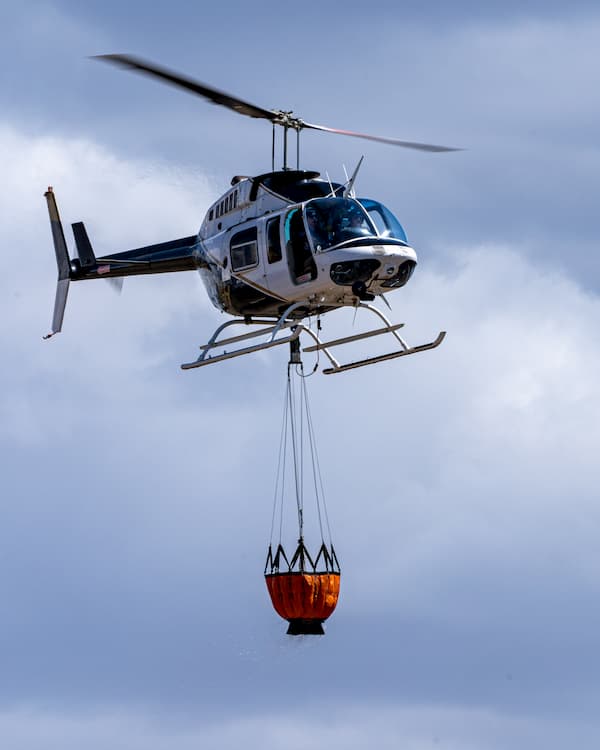 Because of the differences in the way the aircraft fly, there are also differences in what they’re able to do. An airplane is more limited than a helicopter in its abilities and will not be able to do all the things that make a helicopter so cool and useful. For example, an airplane needs a long runway in order to take off while a helicopter can take off by lifting straight up. This means that a helicopter is able to go places that an airplane can’t because it will be able to get out again without a long runway. Helicopters are able to land in many places that would otherwise be inaccessible, which makes them very useful in search and rescue missions.
Because of the differences in the way the aircraft fly, there are also differences in what they’re able to do. An airplane is more limited than a helicopter in its abilities and will not be able to do all the things that make a helicopter so cool and useful. For example, an airplane needs a long runway in order to take off while a helicopter can take off by lifting straight up. This means that a helicopter is able to go places that an airplane can’t because it will be able to get out again without a long runway. Helicopters are able to land in many places that would otherwise be inaccessible, which makes them very useful in search and rescue missions.
Helicopters are also able to hover and take tight turns. An airplane must be constantly moving in order to stay aloft, so it’s impossible for airplanes to hover. This makes helicopters especially useful in search and rescue operations because the helicopter can hover above the site while a rescuer is lowered down and a victim is brought back up.
Because a helicopter is so touchy and can maneuver in such small spaces, they are also more hands-on and require more vigilance to operate. An airplane pilot uses the control yoke and rudder pedals to operate the plane. If the plane is stable and there are no strong winds, then all it takes is a few small adjustments here and there and a large airplane can nearly seem to fly itself. A helicopter pilot, however, must almost constantly use both hands and feet to control the aircraft. Helicopter pilots use the collective, cyclic, and anti-torque pedals to stay in control. The smallest movement of these controls has large repercussions, so the pilot must be vigilant and constantly make tiny corrections to the flight path.
It might seem like learning to fly helicopters would be difficult, however, that isn’t necessarily the case. Many helicopter pilots like and prefer the extra attentiveness and training that is required to properly learn the craft. Both aircraft require a lot of training and a lot of hands-on experience in order to become a pro. No matter which aircraft you choose to fly, you’ll have to go through a rigorous training program to learn how to control the aircraft and keep yourself and your passengers safe.
Different Laws That Govern Aircraft 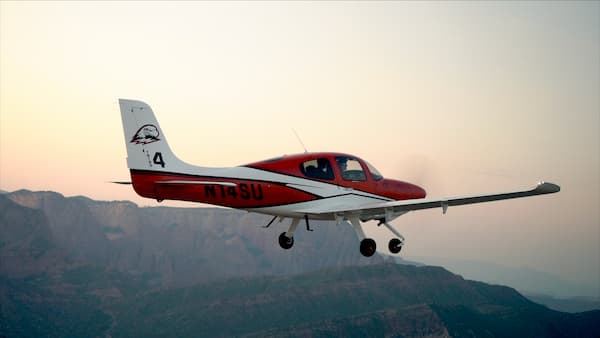
In addition to the way the two aircraft are operated, there are also differences in the laws that govern them and what pilots are legally able to do.
Due to safety regulations, airplanes must stay at a certain altitude above the ground at all times unless over open water or while landing. Helicopters have a little more freedom and are able to stay at a lower altitude. Helicopters are also legally able to get closer to landmarks and objects because of the easy maneuverability of the aircraft and because they don’t need a runway to land and take off.
Airplanes are required to carry more fuel than helicopters are. Airplanes must carry enough fuel for the entire flight plus 30-45 minutes of extra flight time. Helicopters are able to carry less fuel and need only carry enough for the trip plus 20 minutes extra. This extra fuel keeps the pilot and passengers safe in the case of an emergency landing or poor weather conditions.
Airplanes are unable to fly in low visibility weather. There must be a mile of visibility before an airplane pilot is allowed to fly. Helicopters have no such restrictions and pilots are able to use the instrument panel to fly in low visibility weather, so long as the pilot has his or her instrument rating.
Most laws that pertain to aviation are decided by the Federal Aviation Administration (FAA).
Differences in the Cost of Training
Training to become a helicopter pilot will typically be more expensive than becoming an airplane pilot. This is because helicopters are more expensive to maintain and fly. Yes, becoming a pilot is expensive, but it’s totally worth it because you’ll spend your workdays in the sky living your dream. There are different ways to pay for flight school, so don’t let the price tag scare you off.
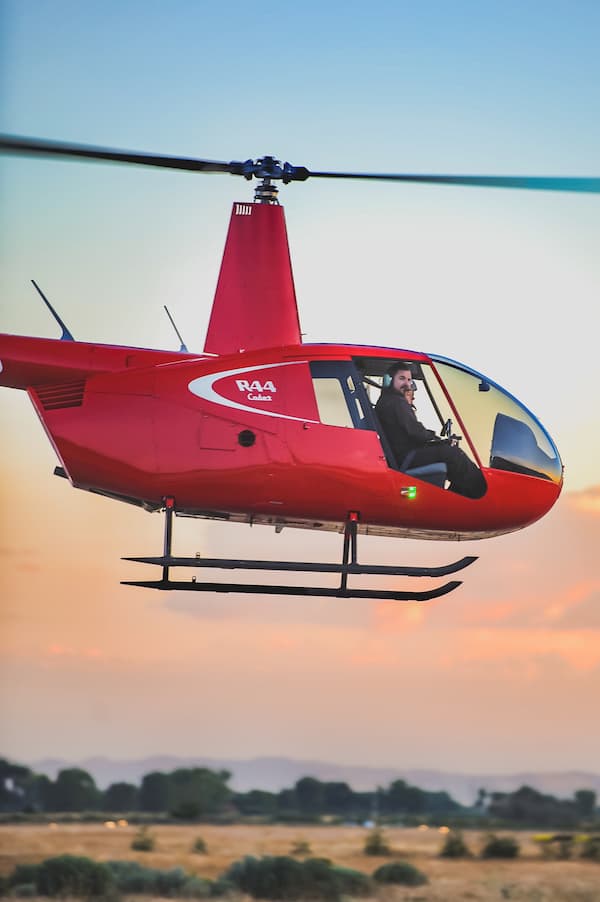 If you’re training at a flight school that’s attached to a university, then there are many options to help you offset the cost of training. You can seek out scholarships, federal financial aid, and student loans. If you’re training with a flight school that isn’t attached to a university, then student loans and financial aid won’t be available to you, but some scholarships will be.
If you’re training at a flight school that’s attached to a university, then there are many options to help you offset the cost of training. You can seek out scholarships, federal financial aid, and student loans. If you’re training with a flight school that isn’t attached to a university, then student loans and financial aid won’t be available to you, but some scholarships will be.
Many veterans choose to become pilots because of the incredible opportunities they have through their Post 9/11 VA Benefits. Only a few flight schools are able to accept these benefits, and veterans that train with these schools will likely have to pay almost nothing for their flight training. One of the only flight schools allowed to accept full benefits is Southern Utah University Aviation.
No matter which aircraft you choose to fly, you can potentially make a lot of money as a pilot. If you can get a high paying job as a helicopter or an airplane pilot, you’ll easily make much more money than you spent on your education. In fact, the return on education for both airplane and helicopter pilots is very high, higher than doctors or lawyers. As a helicopter pilot, you can potentially make $45 for every $1 spent on your education. As an airplane pilot, you can potentially make $56 for every $1 spent on your education.
If cost is the only thing holding you back from your dreams of becoming a pilot, talk to a financial counselor. Most universities offer free financial counseling, which is a great resource and can help you find ways to afford living your dream. Just like with anything else in life, you’ll never achieve your dreams if you don’t at least try.
Differences in Training Techniques
Not all flight schools have both rotor and fixed-wing programs. Many flight schools teach primarily fixed-wing and then have a few extra courses dedicated to rotor. This means that if you decide to train in rotor, you’ll want to find a flight program that will offer you as many opportunities as it does its fixed-wing students.
For flight schools that have programs in both fixed and rotor wing training, there will be similar training involved in learning each aircraft. Many of these flight schools have flight simulators for both types of aircraft, which can be used to familiarize students with the controls and give them a glimpse of what flying in the air is like. In addition to flight simulators, students will have ground labs and flight labs. Ground labs are taught in a classroom setting and will focus on teaching students the correct procedures and laws of the aviation world. Flight labs are when the students fly in their chosen aircraft and put into practice what they have learned on the ground.
Obviously, students will receive specific training based on which aircraft they are taught to fly. Fixed-wing students will have fixed-wing instructors and rotor students will have rotor instructors and each will be flying their respective aircraft. While many of the same principles apply, each type of training will be different and geared towards the specific aircraft.
 License Requirements
License Requirements
For both an airplane and a helicopter, you’ll need to get a private pilot’s license. You can then choose to continue your training and also get your commercial pilot’s license. If you want to fly helicopters or airplanes for a living and get paid to do so, then you’ll need a commercial license. If your goal is simply to own or borrow a helicopter or airplane and use it just for fun, then all you’ll need is your private license.
The license requirements for a helicopter versus an airplane are pretty similar. Each license has a minimum age, requires a certain amount of hours flown in the chosen aircraft, and has written, oral, and practical exams. Before you can begin training, you must pass the FAA medical exam. This exam simply states that you are fit to fly. Even if you’re worried about health issues and think you may not be fit to fly, make sure you talk to an FAA examiner, because you never know, you may be cleared.
Pilot Demand
Both the airplane and the helicopter industries are facing giant demands. A recent study by Boeing states that before 2038 there will be a shortage of 61,000 helicopter pilots and 743,000 airplane pilots worldwide, with a total shortage of 804,000 pilots. This is a big number and shows that no matter which aircraft you decide to fly, you’ll most likely have a job for years to come.
Many potential pilots are worried about how the COVID-19 pandemic has affected the aviation industry and how it will affect future career opportunities. The truth is that now is still a great time to become a pilot. Even though the aviation industry has been hit hard by the pandemic, it’s coming back strong and is expected to fully recover. Keep in mind that even if you were to start training today, it will still take about two years before you’re qualified to get a job as a pilot. This will allow the industry plenty of time to recover and be ready for you to start your career.
Differences in Job Description 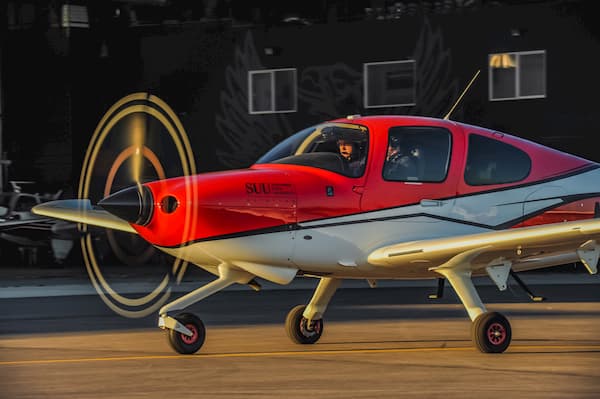
Flying a helicopter for a living is not the same as flying an airplane. Most airplane pilots go work for big airline companies. These jobs mainly involve flying the airplane in a straight line on autopilot for hours on end. Some airplane jobs are more exciting than this, but chances are that as an airplane pilot you’ll have this type of job for at least some time.
Helicopter pilots, on the other hand, work in a much more diverse and creative environment. Helicopters can go places that airplanes can’t, so even just finding places to land can be exciting for the pilot. Helicopters are widely used by tour companies because of their versatility and great window view. As a tour pilot, you’ll get to see amazing sights every day and fly to entertain others.
Both helicopters and airplanes are widely used in many different industries. If there’s a specific industry you’re wanting to work in, such as agriculture, touring, or even Hollywood, then chances are that you can find a job in this industry for either aircraft. Every job is different, so no matter which aircraft you’re flying you may come across fun opportunities.
What Should You Choose to Fly?
The bottom line is that the choice between helicopters and airplanes is up to you. Now that you know a little more about each one and the training that goes into getting a license, maybe you’ll find it easier to choose when it comes time to go to flight school.
If you still can’t choose, then remember that it's possible to be licensed to fly both types of aircraft. It will just take extra work, training, time, and money. If you decide to train in airplanes and years later decide you’d rather fly helicopters, then you can get rotor training and change your career path.
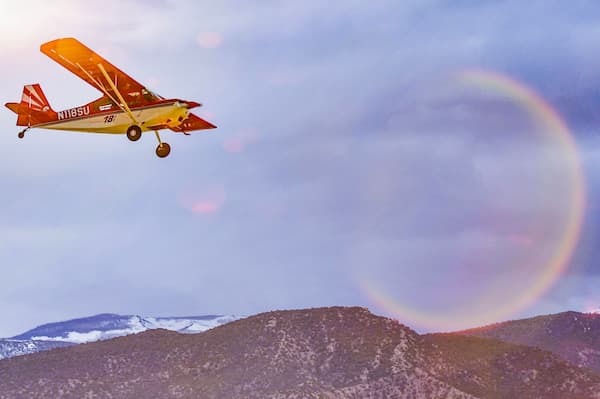
SUU Aviation is one of the few flight schools that puts just as much emphasis and resources into rotor training as it does into fixed wing training. No matter which type of aircraft you want to fly, SUU Aviation is a great place to seek your training. While many other flight schools focus mainly on fixed-wing and let the rotor program fall behind, SUU Aviation keeps rotor students and rotor training as a top priority.
Many people who want to fly for a living don’t yet know what kind of aircraft they want to fly. Before entering a flight training program, you’ll need to choose whether you want to learn to fly airplanes (fixed wing) or helicopters (rotor).
SUU Aviation - Not only does SUU Aviation train 10% of the incoming helicopter pilots in the nation, but they’ve also made rotor training their top priority. This is the only flight school I know of to put just as much emphasis on rotor training as it does on fixed wing training. To learn about the program or to find out more about how difficult it is to become a helicopter pilot, contact SUU Aviation.
This article was published more than 3 years ago and might contain outdated information or broken links. As a result, its accuracy cannot be guaranteed.
Tags: Aviation


